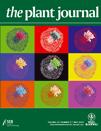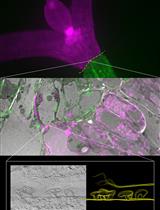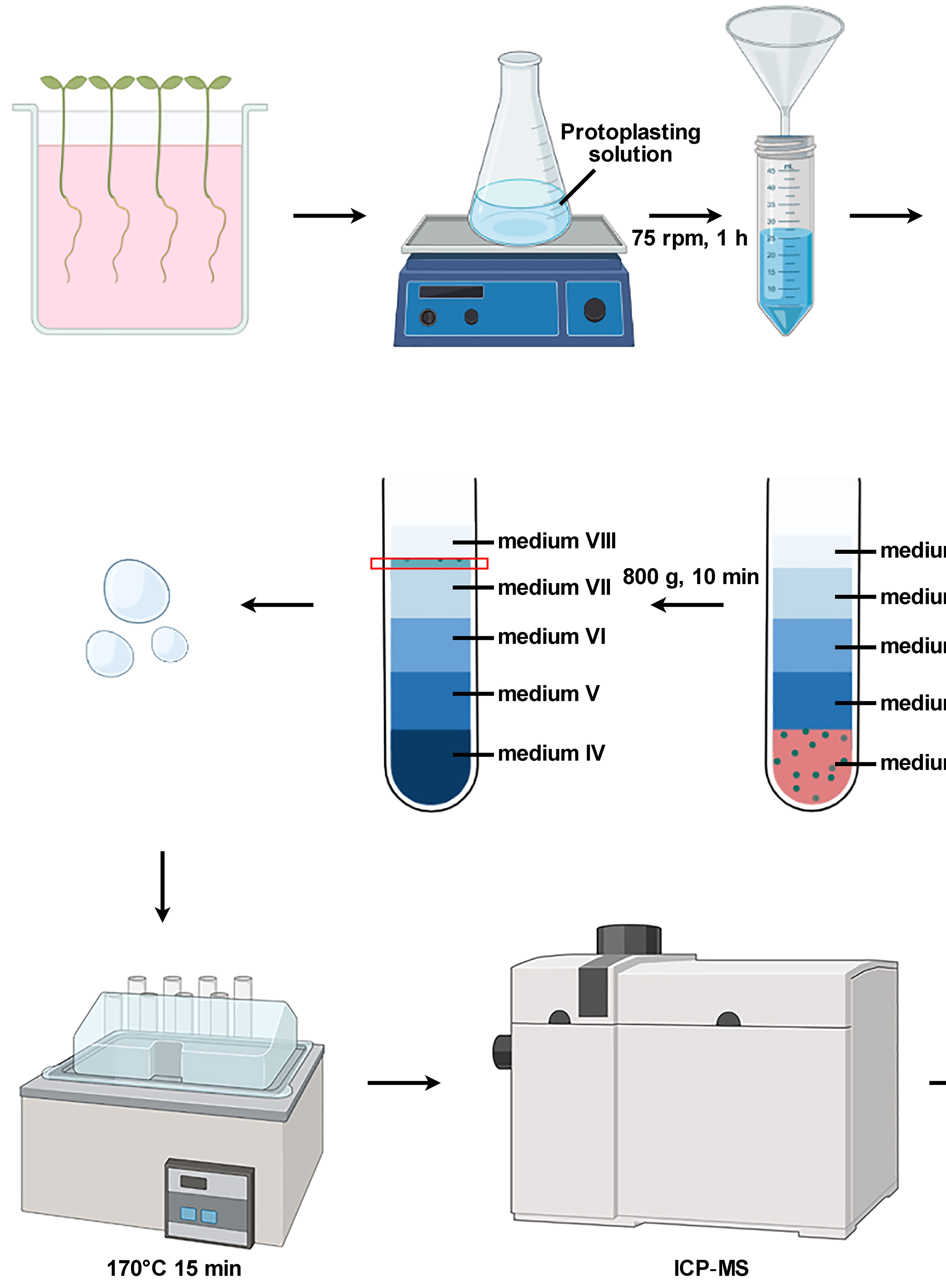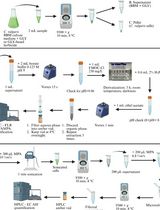Improve Research Reproducibility A Bio-protocol resource
- Submit a Protocol
- Receive Our Alerts
- EN
- Protocols
- Articles and Issues
- About
- Become a Reviewer
Extraction of Coumarins from Leaves, Petioles, Stems and Roots of Ruta graveolens and Nicotiana benthamiana
Published: Vol 2, Iss 22, Nov 20, 2012 DOI: 10.21769/BioProtoc.288 Views: 11645
How to cite
Favorite
Cited by












